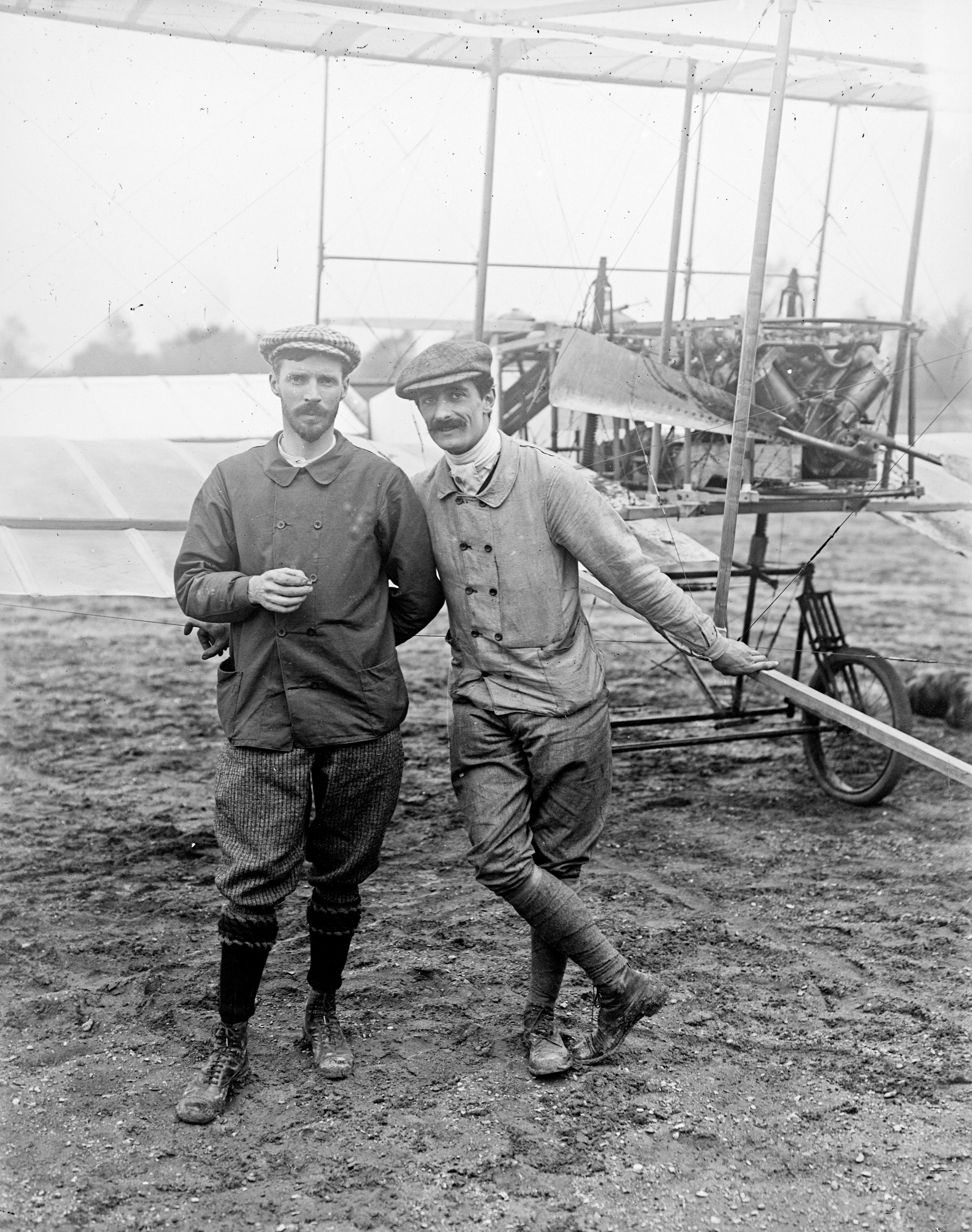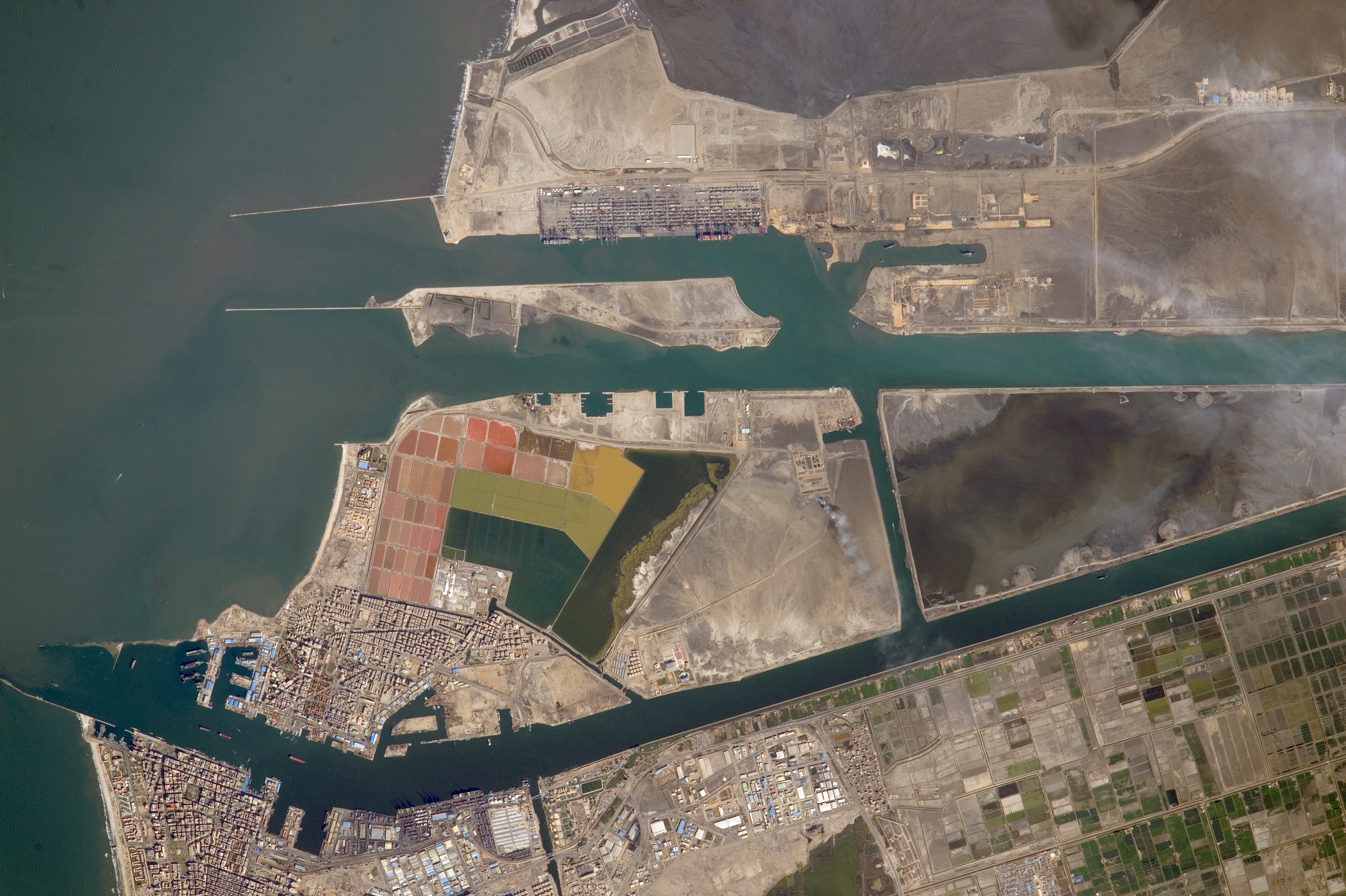|
HMS Anne (1915)
HMS ''Anne'' was a seaplane carrier of the Royal Navy used during the First World War. Converted from the captured German freighter ''Aenne Rickmers'', the ship's two aircraft conducted aerial reconnaissance, observation and bombing missions in the Eastern Mediterranean and Red Sea during 1915–17 even though the ship was not commissioned into the Royal Navy until mid-1915. She was decommissioned in late 1917 and became a Merchant Navy collier for the last year of the war. ''Anne'' was sold off in 1922 and had a succession of owners and names until she was scrapped in 1958. Description ''Anne'' was long, had a beam of , and a draught of . She was rated at . The ship had one propeller shaft powered by one triple-expansion steam engine that used steam generated by an unknown number of coal-fired boilers. ''Anne'' had a maximum speed of . Career The merchant ship SS ''Aenne Rickmers'' was built by Rickmers of Bremerhaven in 1911. On the outbreak of war in August 1914, she ... [...More Info...] [...Related Items...] OR: [Wikipedia] [Google] [Baidu] |
Seaplane
A seaplane is a powered fixed-wing aircraft capable of takeoff, taking off and water landing, landing (alighting) on water.Gunston, "The Cambridge Aerospace Dictionary", 2009. Seaplanes are usually divided into two categories based on their technological characteristics: floatplanes and flying boats; the latter are generally far larger and can carry far more. Seaplanes that can also take off and land on airfields are in a subclass called amphibious aircraft, or amphibians. Seaplanes were sometimes called ''hydroplanes'', but currently this term applies instead to Hydroplane (boat), motor-powered watercraft that use the technique of Planing (boat), hydrodynamic lift to skim the surface of water when running at speed. The use of seaplanes gradually tapered off after World War II, partially because of the investments in airports during the war but mainly because landplanes were less constrained by weather conditions that could result in sea states being too high to operate seaplan ... [...More Info...] [...Related Items...] OR: [Wikipedia] [Google] [Baidu] |
Ship Decommissioning
Ship commissioning is the act or ceremony of placing a ship in active service and may be regarded as a particular application of the general concepts and practices of project commissioning. The term is most commonly applied to placing a warship in active duty with its country's military forces. The ceremonies involved are often rooted in centuries-old naval tradition. Ship naming and launching endow a ship hull with her identity, but many milestones remain before she is completed and considered ready to be designated a commissioned ship. The engineering plant, weapon and electronic systems, galley, and other equipment required to transform the new hull into an operating and habitable warship are installed and tested. The prospective commanding officer, ship's officers, the petty officers, and seamen who will form the crew report for training and familiarization with their new ship. Before commissioning, the new ship undergoes sea trials to identify any deficiencies needing correct ... [...More Info...] [...Related Items...] OR: [Wikipedia] [Google] [Baidu] |
Naval Bombardment
Naval gunfire support (NGFS) (also known as shore bombardment) is the use of naval artillery to provide fire support for amphibious assault and other troops operating within their range. NGFS is one of a number of disciplines encompassed by the term ''naval fires''. Modern naval gunfire support is one of the three main components of amphibious warfare assault operations support, along with aircraft and ship-launched land-attack missiles. Shipborne guns have been used against shore defences since medieval naval warfare. Tactics NGFS is classified into two types: direct fire, where the ship has line of sight with the target (either visually or through the use of radar), and indirect fire, which, to be accurate, requires an artillery observer to adjust fire. When on the gun line, ships are particularly vulnerable to attack from aircraft coming from a landward direction and flying low to avoid radar detection, or from submarines due to a predictable and steady (non-evasive) cou ... [...More Info...] [...Related Items...] OR: [Wikipedia] [Google] [Baidu] |
Floatplane
A floatplane is a type of seaplane with one or more slender floats mounted under the fuselage to provide buoyancy. By contrast, a flying boat uses its fuselage for buoyancy. Either type of seaplane may also have landing gear suitable for land, making the vehicle an amphibious aircraft. British usage is to call "floatplanes" "seaplanes" rather than use the term "seaplane" to refer to both floatplanes and flying boats. Use Since World War II and the advent of helicopters, advanced aircraft carriers and land-based aircraft, military seaplanes have stopped being used. This, coupled with the increased availability of civilian airstrips, have greatly reduced the number of flying boats being built. However, numerous modern civilian aircraft have floatplane variants, most of these are offered as third-party modifications under a supplemental type certificate (STC), although there are several aircraft manufacturers that build floatplanes from scratch. These floatplanes have found ... [...More Info...] [...Related Items...] OR: [Wikipedia] [Google] [Baidu] |
Nieuport VI
The Nieuport VI was a sport monoplane produced in France in the 1910s, a further development by Nieuport along the same general lines as the Nieuport II and Nieuport IV, differing mainly from the Nieuport IV in being slightly larger.Taylor 1989, p.696''The Illustrated Encyclopedia of Aircraft'', p.2597 Like the Nieuport IV, it was used by various military air arms as a reconnaissance aircraft and trainer. Design and development Like its predecessors, the Nieuport VI was a wire-braced, mid-wing monoplane of conventional design, powered by a single engine in the nose driving a tractor propeller. It differed, however, in being a three-seater rather than a single seater (a bench for two passengers fitted in tandem with the pilot's seat) and in using steel for part of its internal structure where earlier designs had used wood only.Sanger 2002, p.25 Produced initially as a seaplane and designated VI.G, it had twin pontoons as undercarriage, with a teardrop-shaped auxiliary float under ... [...More Info...] [...Related Items...] OR: [Wikipedia] [Google] [Baidu] |
Seaplanes
A seaplane is a powered fixed-wing aircraft capable of takeoff, taking off and water landing, landing (alighting) on water.Gunston, "The Cambridge Aerospace Dictionary", 2009. Seaplanes are usually divided into two categories based on their technological characteristics: floatplanes and flying boats; the latter are generally far larger and can carry far more. Seaplanes that can also take off and land on airfields are in a subclass called amphibious aircraft, or amphibians. Seaplanes were sometimes called ''hydroplanes'', but currently this term applies instead to Hydroplane (boat), motor-powered watercraft that use the technique of Planing (boat), hydrodynamic lift to skim the surface of water when running at speed. The use of seaplanes gradually tapered off after World War II, partially because of the investments in airports during the war but mainly because landplanes were less constrained by weather conditions that could result in sea states being too high to operate seaplan ... [...More Info...] [...Related Items...] OR: [Wikipedia] [Google] [Baidu] |
Egypt
Egypt ( ar, مصر , ), officially the Arab Republic of Egypt, is a transcontinental country spanning the northeast corner of Africa and southwest corner of Asia via a land bridge formed by the Sinai Peninsula. It is bordered by the Mediterranean Sea to the north, the Gaza Strip of Palestine and Israel to the northeast, the Red Sea to the east, Sudan to the south, and Libya to the west. The Gulf of Aqaba in the northeast separates Egypt from Jordan and Saudi Arabia. Cairo is the capital and largest city of Egypt, while Alexandria, the second-largest city, is an important industrial and tourist hub at the Mediterranean coast. At approximately 100 million inhabitants, Egypt is the 14th-most populated country in the world. Egypt has one of the longest histories of any country, tracing its heritage along the Nile Delta back to the 6th–4th millennia BCE. Considered a cradle of civilisation, Ancient Egypt saw some of the earliest developments of writing, agriculture, ur ... [...More Info...] [...Related Items...] OR: [Wikipedia] [Google] [Baidu] |
Port Said
Port Said ( ar, بورسعيد, Būrsaʿīd, ; grc, Πηλούσιον, Pēlousion) is a city that lies in northeast Egypt extending about along the coast of the Mediterranean Sea, north of the Suez Canal. With an approximate population of 603,787 (2010), it is the List of cities and towns in Egypt, fifth-largest city in Egypt. The city was established in 1859 during the building of the Suez Canal. There are numerous old houses with grand balconies on all floors, giving the city a distinctive look. Port Said's twin city is Port Fuad, which lies on the eastern bank of the Suez Canal. The two cities coexist, to the extent that there is hardly any town centre in Port Fuad. The cities are connected by free Ferry, ferries running all through the day, and together they form a metropolitan area with over a million residents that extends both on the African and the Asian sides of the Suez Canal. The only other metropolitan area in the world that also spans two continents is Istanbul. ... [...More Info...] [...Related Items...] OR: [Wikipedia] [Google] [Baidu] |
Boiler (steam Generator)
A boiler is a closed vessel in which fluid (generally water) is heated. The fluid does not necessarily boil. The heated or vaporized fluid exits the boiler for use in various processes or heating applications, including water heating, central heating, boiler-based power generation, cooking, and sanitation. Heat sources In a fossil fuel power plant using a steam cycle for power generation, the primary heat source will be combustion of coal, oil, or natural gas. In some cases byproduct fuel such as the carbon monoxide rich offgasses of a coke battery can be burned to heat a boiler; biofuels such as bagasse, where economically available, can also be used. In a nuclear power plant, boilers called steam generators are heated by the heat produced by nuclear fission. Where a large volume of hot gas is available from some process, a heat recovery steam generator or recovery boiler can use the heat to produce steam, with little or no extra fuel consumed; such a configuration is com ... [...More Info...] [...Related Items...] OR: [Wikipedia] [Google] [Baidu] |

_underway_2009.jpg)

.jpg)



